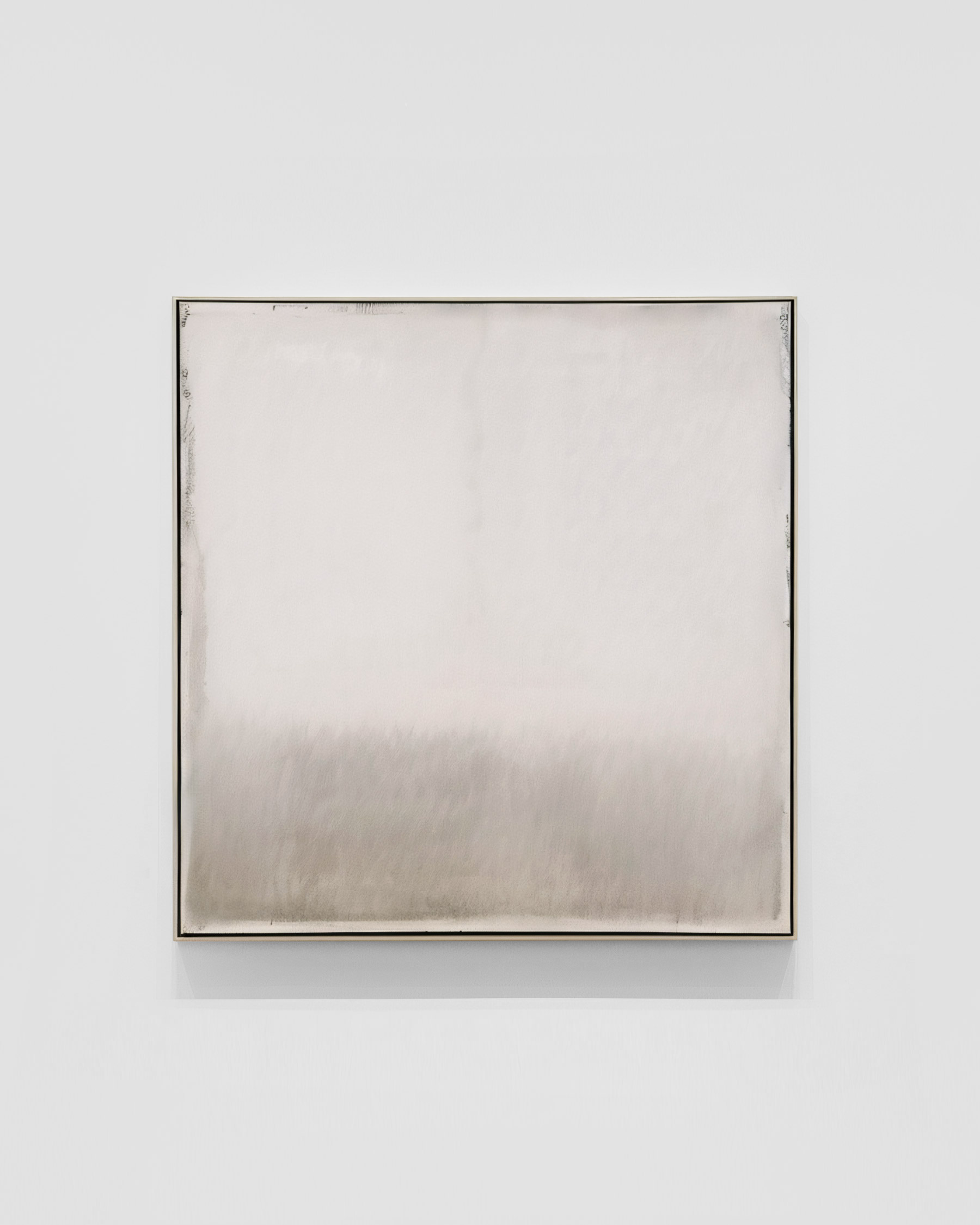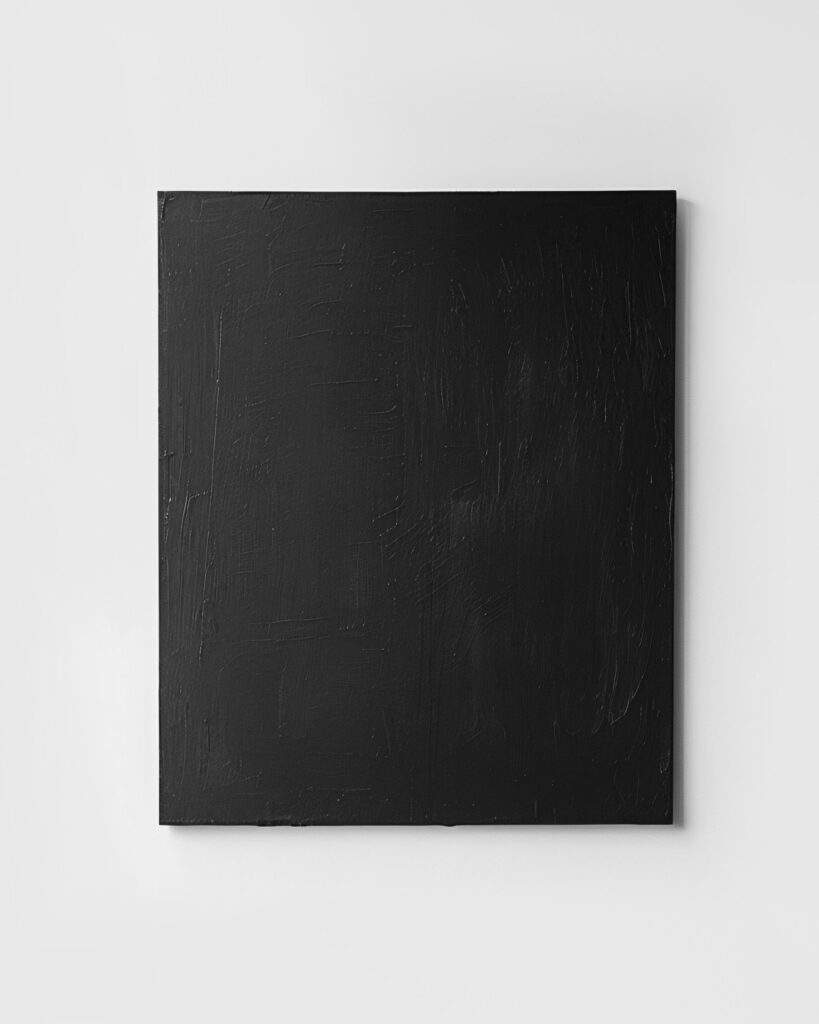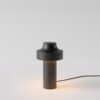It shouldn’t be a surprise that I’m a big fan of minimalist art. I love writing about this subject and exploring it. The thoughts, spiritual and/or philosophical background of the artist particularly fascinate me. Because this is what unites many minimalist artists – the search for the essence of things, for peace and tranquility within themselves and in this world. And often an examination of these questions leads to a minimalist aesthetic, regardless of gender, place, and time.
But at this point, the following question comes to mind: Is minimalist art too intellectual to be “understood”? Actually, I am an advocate of the first intuitive perception of art, completely independent of the artist’s intentions, information, and statements. However, many people find it difficult to “understand” this aesthetic at first. Therefore, I wonder whether contextualization is essential for the appreciation of minimalist art. Or in other words: does minimalist art need to be explained to unfold its full impact?
Between feeling and understanding
Visiting Mark Rothko’s retrospective at the Fondation Louis Vuitton in Paris 2023 gave me a good opportunity to explore this question in the context of my own experiences. Before I visited the exhibition, I heard from many people what Rothko’s paintings could trigger when looking at them. I had heard about interesting reactions such as sudden emotional outbursts, crying and even eureka moments. So I was almost disappointed when I actually stood in front of his works and didn’t experience any of these intense emotional reactions. (You can read my review here, by the way).
So this is a good example of how it shouldn’t happen. Because the first emotional contact with a work of art, should be completely free of expectations and the context. Studies even confirm this. Although information about the artist and background can improve our understanding of the respective style, this information had no influence on our aesthetic perception and appreciation.1


Characteristics such as color, composition or the subject of a painting have a much stronger influence on the viewer’s feelings. But what if there is no visible composition or motif in the work? What if we are only looking at a monochrome color surface? Perhaps this could be one of the reasons why minimalist art initially seems difficult to access and uninteresting for many people. And this is where my question from the beginning comes back into focus.
But there is another interesting example that I would like to mention in this context: In his art column “Was mich berührt” (Eng. “What touches me”), German author Daniel Schreiber writes about his profound experience with the works of Agnes Martin and how they touch him emotionally. He describes how her art moved something in him “to the right place” and caused silence to spread within him “where before was subliminal noise.”2 Agnes Martin was known for creating her art with a calm and empty mind – free of ideas and ego – by meditatively focusing on the act of painting.3 This is a powerful demonstration of how artists can transfer their emotional state through the work to the viewer.
Intellectual exploration as a starting point
So, could it not be that the intellectual concepts, thoughts, and feelings during the creative process that artists like Agnes Martin incorporate into their works represent a universal and intuitive language that needs no explanation?
While a deeper intellectual engagement can enhance the understanding and appreciation of minimalist art retrospectively, it remains of great importance that the work speaks for itself and leaves the viewer free to develop their own emotions and thoughts. In this way, the viewer defines the work, not the artist. The viewer determines what he or she sees, feels and interprets.
So perhaps minimalist art doesn’t need to be explained, but an intellectual exploration of it can certainly provide access – a starting point for those who want to delve deeper.
What do you think? Is minimalist art too intellectual? Looking forward to your comments here or on Instagram.
Further Reading / Resources
- https://www.aesence.com/context-in-art/, https://www.sciencedirect.com/science/article/abs/pii/S0006899307010578?via%3Dihub, https://psycnet.apa.org/doiLanding?doi=10.1037%2Faca0000280
- Daniel Schreiber, “Ekstasen der Stille” for Weltkunst: https://www.weltkunst.de/kunstwissen/2023/09/ekstasen-der-stille-agnes-martin-daniel-schreiber
- https://www.theartblog.org/2016/11/solitary-lines-agnes-martin-at-the-guggenheim/
About Exploring Aesthetics:
Sarah loves asking questions and exploring the things she engages with on a daily basis. Exploring aesthetics is her column which discusses art, design, and aesthetics to explore, inspire, and question the status quo.


